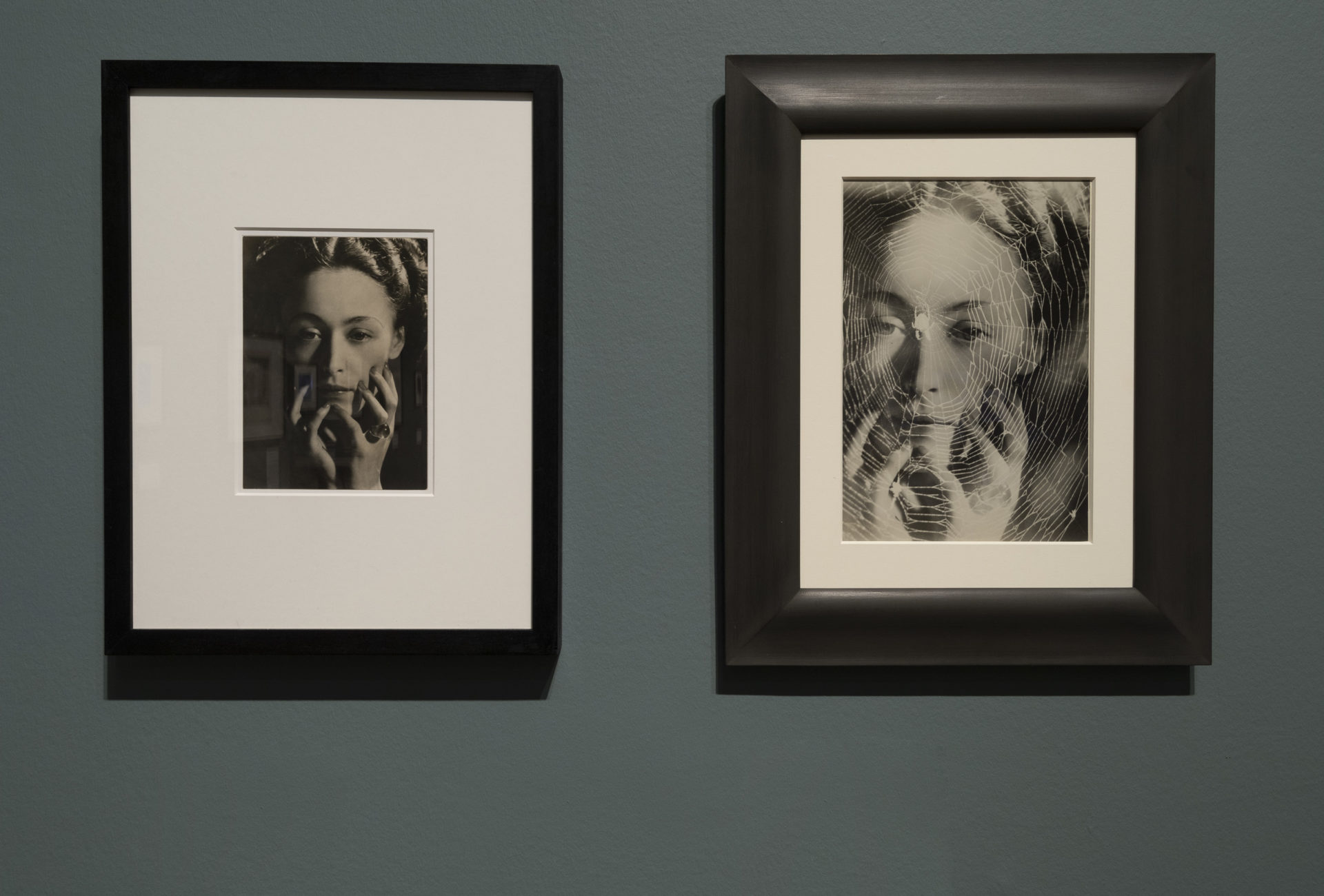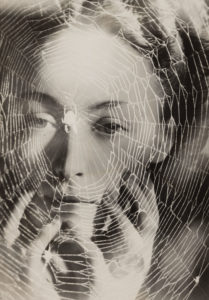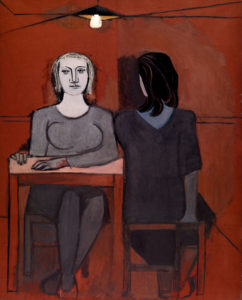

Tate Modern is hosting a new solo retrospective paying tribute to French artist, Dora Maar. It is the biggest retrospective of Maar’s work in the UK, and will take place from now until March 15 2020.

Dora Maar, 1907-1997
The years lie in wait for you c. 1935
Photograph, gelatin silver print on paper
355 × 254 mm
The William Talbott Hillman Collection
© ADAGP, Paris and DACS, London 2019
Described as “the most comprehensive retrospective of Dora Maar ever held,” the showcase cast the spotlight on this once overlooked artist, presenting over 200 works from her six-decade-long career, including photographs and portraiture, photomontage and collage, paintings, and some documentaries.
Famous for being Pablo Picasso’s muse and model for the famous portrait, Weeping Woman (1937), Maar was a multi-talented artist in her own right. Born Henriette Theodora Markovitch in 1907, she created art as a photographer, painter and poet till her death in 1997.
Emma Lewis, Assistant Curator at Tate Modern, considers the retrospective “long overdue” in a statement for Raven News. She said, “Maar has had an extraordinarily diverse and accomplished practice, yet much of it remains little known”.
The Tate team and co-curators at J.Paul Getty Museum and Centre Pompidou wanted to show what an original artist Maar was, she said, alongside “how varied her practice was and how influential she was in the circles in which she moved”.
One highlight mentioned by Lewis is the piecework La Conversation (1937), which is displayed for the first time in the UK. It references to Maar’s feelings toward Marie-Thérèse Walter, who was Picasso’s former lover before the relationship between Maar and Picasso.
“It’s a stunning, symbolically loaded canvas that I’m excited to include.” Lewis explained. “Sometimes as curators, we agonise over how to talk about particularly tricky aspect of an artist’s biography, and then you come across a work like this that just says it all for you!”

Dora Maar, 1907-1997
The Conversation 1937
Oil on canvas
162 x 130 cm
Fundación Almine y Bernard Ruiz-Picasso para el Arte, Madrid © FABA Photo : Marc Domage
© ADAGP, Paris and DACS, London 2019
The exhibition consists of nine rooms, mapping out the artist at every stage, opening opens with a mix of Maar’s self-portraits and photos taken by others. Visitors are then led through to explore surprises from fashion and advertising photography, seductive portraiture into street photography, surrealism, photomontage and painting, and finally, her return with experimentalism in the form of innovated, camera-less photography.
“We want audiences to appreciate her work for its technical innovation, and to understand the arc of her career as a series of decisions shaped by the opportunities available to her,” Lewis added, “the social and political context, and the network of artists, writers and poets that counted as her close friends and lovers”.
Dora Maar grew up between Buenos Aires and Paris, studied art in Paris but thereafter, pursued her passion for photography in the early 1920s. Pioneering a generation of female photographers, Maar seized a handful opportunities in advertising, an industry that was booming after the First World War. Maar quickly established a distinctive surrealist imagination style in commercial and fashion works.
Maar was also an active leftist. During the 1930s, she travelled alone to Barcelona, London, and Paris, photographing the reality of economic depression in Europe. She mainly captured images of the urban poor with her frame of dramatic angles in street photography, while sharing her political convictions in works approaching further to surrealism.

Dora Maar, 1907-1997
Untitled (Hand-Shell) 1934
Photograph, gelatin silver print on paper
401 x 289 mm
Centre Pompidou, Musée national d’art moderne, Paris
Photo © Centre Pompidou, MNAM-CCI, Dist. RMN-Grand Palais / image Centre Pompidou, MNAM-CCI
© ADAGP, Paris and DACS, London 2019
Observing this, Lewis shared that, “I think it’s interesting to consider how today’s social and political climate has certainly informed the questions we ask about her work, and the way in which we choose to present it.”
“What did it mean to be a woman photographer working on assignment in France in the 1930s – what were Maar’s opportunities and privileges, what limitations did she encounter? How did her political convictions motivate her work?”
“And in what ways does our experience of civic life in the UK today (in terms of instability and unrest) resonate with what she lived through and documented?” She added.
It was in the mid 1930s when Maar met Pablo Picasso. Together, the couple explored new creative territories; Picasso’s political painting Guernica (1937) was even displayed in Maar’s documentary, a unique behind-the-scenes insight into the famous artwork.
Tate Modern’s exhibition of Marr also displays portraits of her by her famous partner, including the well-known Weeping Woman (1937), although she once said, “I never really modelled for Picasso” in a 1953 interview with Robert van Gindertael.
The Dora Maar retrospective is on show from November 20 2019 to March 15 2020 at London’s Tate Modern.
Cover image: Dora Maar at Tate Modern, 2019. Photo: Tate (© Andrew Dunkley)